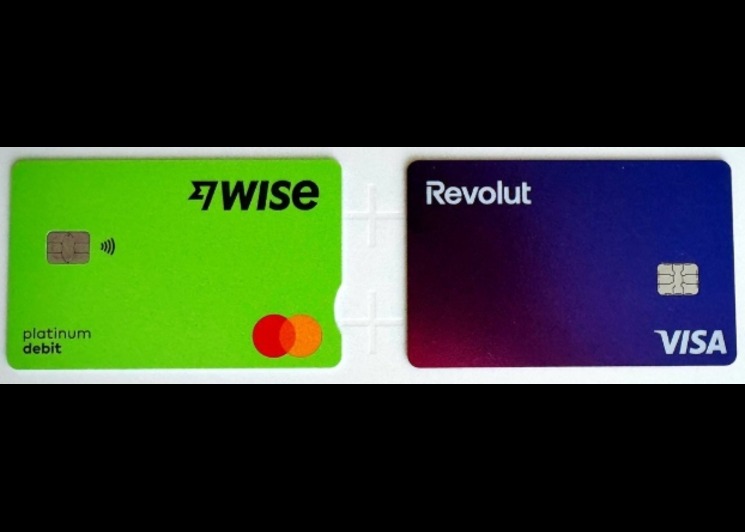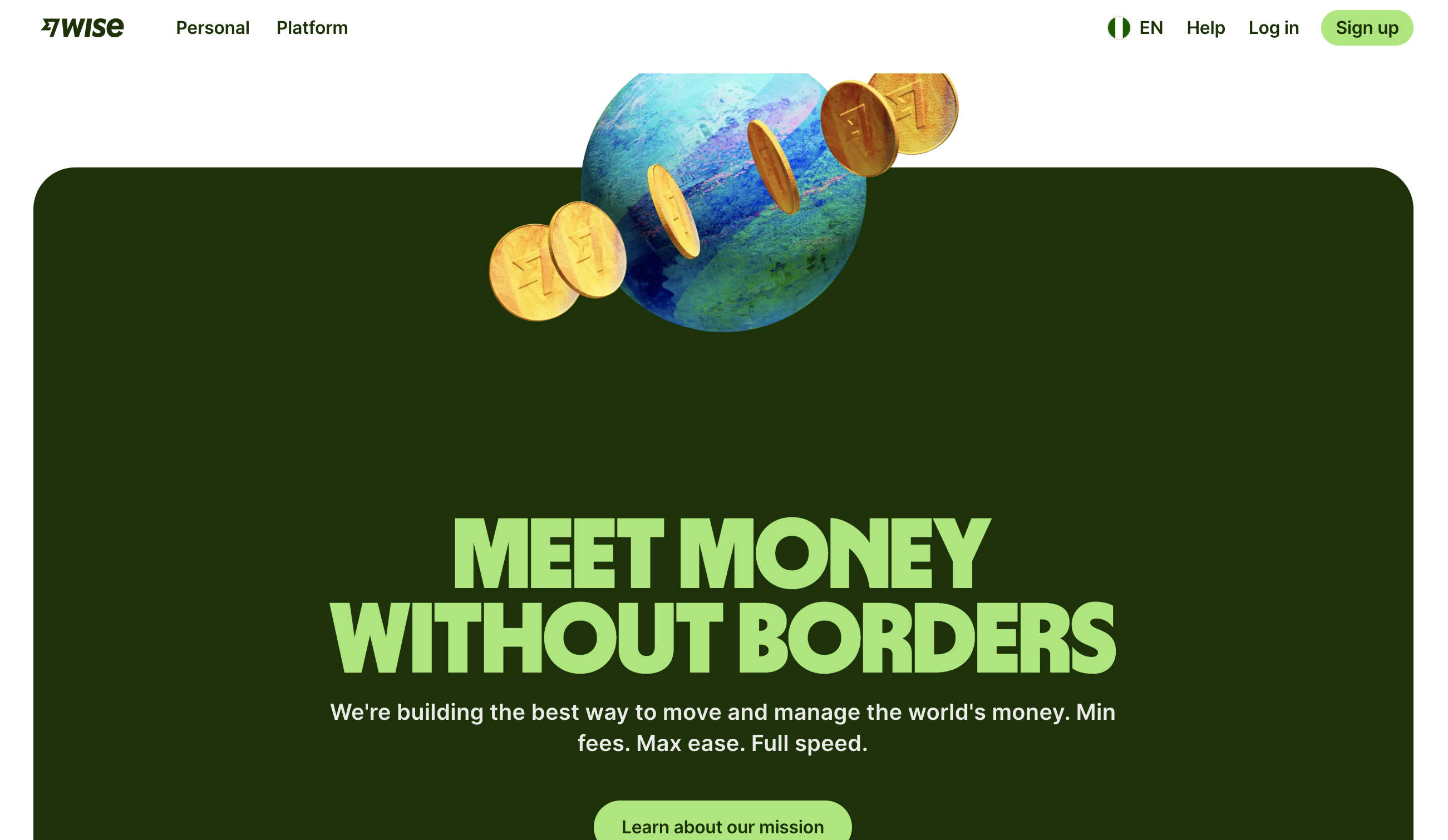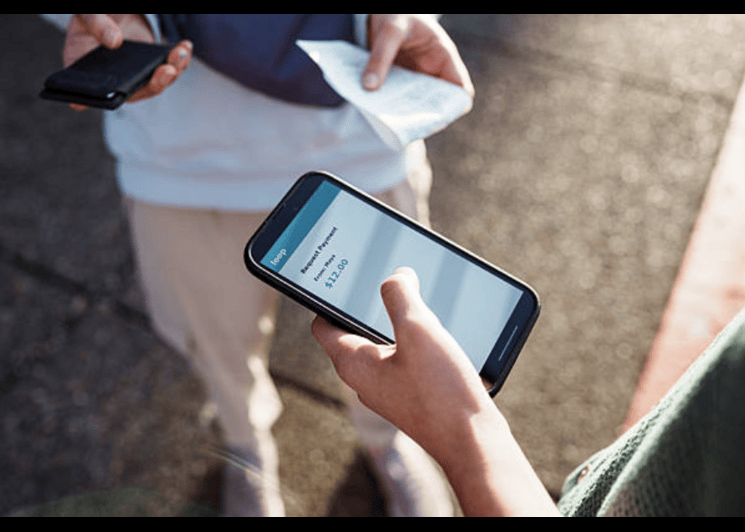Remarketing: What It Is and How You Can Use It in Today’s Digital Marketing

Remarketing has become one of the most reliable ways to recover lost conversions in digital marketing. Instead of chasing new audiences, it helps you re-engage people who already know your brand. But running an efficient remarketing campaign means managing ad spend carefully across platforms.
ByCard simplifies that process by offering virtual cards tailored for ad platforms, letting businesses control budgets, track spend, and streamline their retargeting workflow. With tools like this, digital marketing teams can focus on strategy, not payment issues, and make every impression count.
- Remarketing: What It Is and How You Can Use It in Today’s Digital Marketing
- What Is Remarketing in Digital Marketing?
- How to Structure a Remarketing Campaign in Your Digital Marketing Efforts
- Common Mistakes to Avoid in a Remarketing Campaign
- Why Remarketing Works
- Linking Remarketing, Retargeting, and Digital Marketing
- Practical Checklist for Your Next Remarketing Campaign
- How ByCard Supports Stronger Remarketing Campaigns
What Is Remarketing in Digital Marketing?

At its core, remarketing means reconnecting with people who’ve interacted with your brand before, visited your website, browsed a product, or downloaded your app, but didn’t complete the action you wanted. It’s your brand’s way of saying, “Hey, you showed interest. Want to take another look?”
Here’s how it works: tracking pixels or tags collect anonymized behavioural data, like product views or cart additions. A remarketing campaign then uses that data to deliver relevant ads or messages that remind users of your offer and encourage them to return.
Retargeting is closely linked. It usually refers to showing ads across platforms (like Meta, Google, or TikTok) to those past visitors. In most digital marketing setups, remarketing covers both ad retargeting and email re-engagement.
Why it matters:
- 26% of users return to a site because of remarketing.
- 56% of businesses use it to acquire new customers.
- Retargeted ads can increase conversions by up to 150% (DemandSage).
Clearly, remarketing isn’t a trend; it’s a measurable, high-impact tactic in any digital marketing strategy.

Perfect Card for running ads!
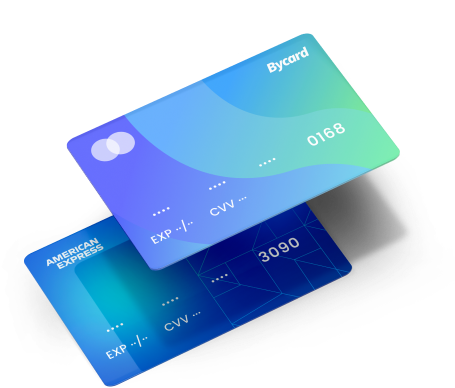
How to Structure a Remarketing Campaign in Your Digital Marketing Efforts
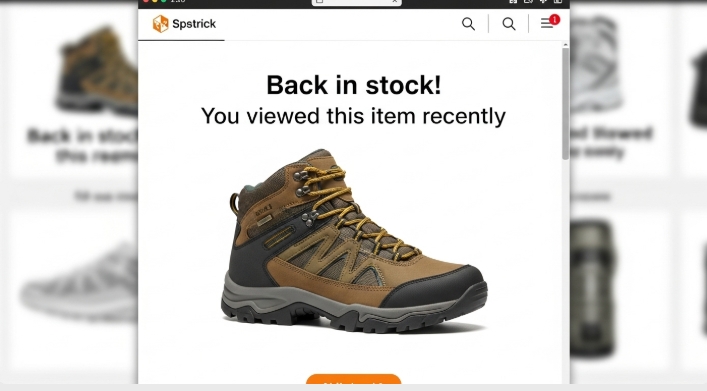
When creating a remarketing campaign, think of it as rebuilding a conversation with someone who already knows you. Here’s how to structure it:
1. Define the Right Audience
Target visitors who showed intent but didn’t convert, cart abandoners, trial users, or readers of specific content. Narrow, timely segments perform better. A remarketing campaign loses power when too much time passes after the user’s first visit.
2. Set Up Tracking and Infrastructure
Add tracking pixels and event tags across your site or app. Use tools like Google Ads or Meta Ads Manager to build custom audiences. Decide on your digital marketing channels: display ads, search ads for returning users, email, or in-app prompts.
3. Craft Personalised Messages
Avoid generic “come back” ads. Base each message on the user’s prior behavior.
- Cart abandoners: “Your items are still waiting.”
- Product viewers: “Still thinking about this item? Here’s what others say.”
- Trial users: “You’re halfway there, see what you’re missing.”
A personalised remarketing campaign creates relevance and trust, not intrusion.
4. Balance Timing and Frequency
Don’t overdo it. Ad fatigue can hurt results. Re-engage within a few days, follow up in one to two weeks, and taper off after. Studies show retargeting click-through rates drop sharply after five months.
5. Monitor and Optimise
Measure CTR, conversion rate, CPA, and ROAS. Compare results to your regular digital marketing ads. Retargeting usually outperforms standard display ads, sometimes by 10×. Test creative versions, channels, and timing to refine your remarketing campaign continuously.
6. Integrate With the Broader Digital Marketing Funnel
Remarketing should complement, not replace, your other digital marketing efforts. A visitor from organic search or social content today could become a conversion tomorrow through a well-timed remarketing campaign. Keep tracking consistent and ensure all data flows into a shared attribution model.
Common Mistakes to Avoid in a Remarketing Campaign
- Targeting everyone: broad audiences reduce relevance.
- Waiting too long: response rates decline the longer you delay.
- Overexposure: too many ads lead to fatigue or negative brand recall.
- Generic messaging: failing to match the ad to user intent.
- Ignoring measurement: without data, optimisation is guesswork.
- Siloed efforts: your remarketing campaign should align with other digital marketing activities, not operate independently.
Why Remarketing Works
- Up to 97% of website visitors don’t convert on their first visit.
- 77% of companies use retargeting in their ad strategy.
- Retargeting campaigns see 10× higher CTRs than standard ads.
- B2B brands report a 147% higher CTR using remarketing compared to B2C.
These figures show why integrating a remarketing campaign into your digital marketing mix can reclaim lost leads and lift conversion efficiency.
Linking Remarketing, Retargeting, and Digital Marketing
Think of it as a hierarchy:
- Digital marketing covers everything, SEO, social, paid ads, content, and email.
- Remarketing focuses on people who’ve interacted before.
- Retargeting is the ad placement mechanism that delivers the remarketing message.
In practice:
- Use digital marketing tactics to attract visitors.
- Track user behavior through pixels or tags.
- Launch a remarketing campaign or retargeting ads to re-engage those who didn’t convert.
- Measure and refine.
A good digital marketing plan treats the customer journey as ongoing, not one-and-done. Remarketing keeps the conversation alive.
Practical Checklist for Your Next Remarketing Campaign
Here’s a quick actionable checklist you can use when building or auditing a remarketing campaign within your digital marketing strategy:
- Define your audience: Identify segments such as cart abandoners or product viewers.
- Set up tracking: Ensure pixels or tags capture user actions accurately.
- Pick your channels: Decide between display ads, social retargeting, search, or email.
- Craft tailored messages: Align your creative and offers with user behaviour.
- Set timing and frequency: Avoid ad fatigue and schedule follow-ups strategically.
- Define KPIs: Track CTR, conversion rate, CPA, and ROAS.
- Launch and monitor: Compare results with baseline digital marketing metrics.
- A/B test and optimise: Experiment with creative, offers, and segments.
- Scale what works: Expand high-performing campaigns and pause weak ones.
- Integrate and document: Sync your remarketing with the full digital marketing funnel and record learnings for future improvements.
How ByCard Supports Stronger Remarketing Campaigns
Running high-performing remarketing campaigns requires control over ad spend, payments, and data accuracy. This is where ByCard stands out.
- Virtual Credit Cards (VCCs): Assign a card per ad platform or per remarketing campaign. This keeps budgets separated, simplifies reconciliation, and avoids the common payment failures that pause retargeting ads mid-run.
- Platform-Specific Solutions: ByCard supports media buying across Google Ads, Meta, TikTok, Snapchat, and more, perfect for multi-channel digital marketing setups. You can see spend clearly across every retargeting platform.
- Budget and Spend Controls: With card-level limits, you can manage how much each remarketing campaign spends, enforcing pacing rules and preventing overspend.
- Receipt and Reconciliation Tools: Finance teams can match transactions to campaign performance, giving visibility into which digital marketing activities actually drive ROI.
- Crypto and Multi-Currency Top-Ups: For global or cross-border retargeting buys, ByCard supports USDT top-ups and multi-currency payments, ideal for international digital marketing teams.
Quick example:
You create one virtual card per platform, Google, Meta, and TikTok, for your remarketing campaign. You cap spend, track receipts automatically, and sync the data with analytics tools. The result? Cleaner insights, lower risk, and smoother financial operations across your retargeting channels.
Conclusion
Remarketing bridges the gap between interest and conversion. It’s where missed opportunities are recovered and brand familiarity turns into action. When done right, a remarketing campaign strengthens every stage of your digital marketing funnel, without wasting budget.
And with solutions like ByCard, managing spend, tracking results, and scaling across multiple retargeting platforms becomes far simpler. So instead of chasing only new leads, focus on re-engaging the ones you already reached. That’s where consistent growth happens.


